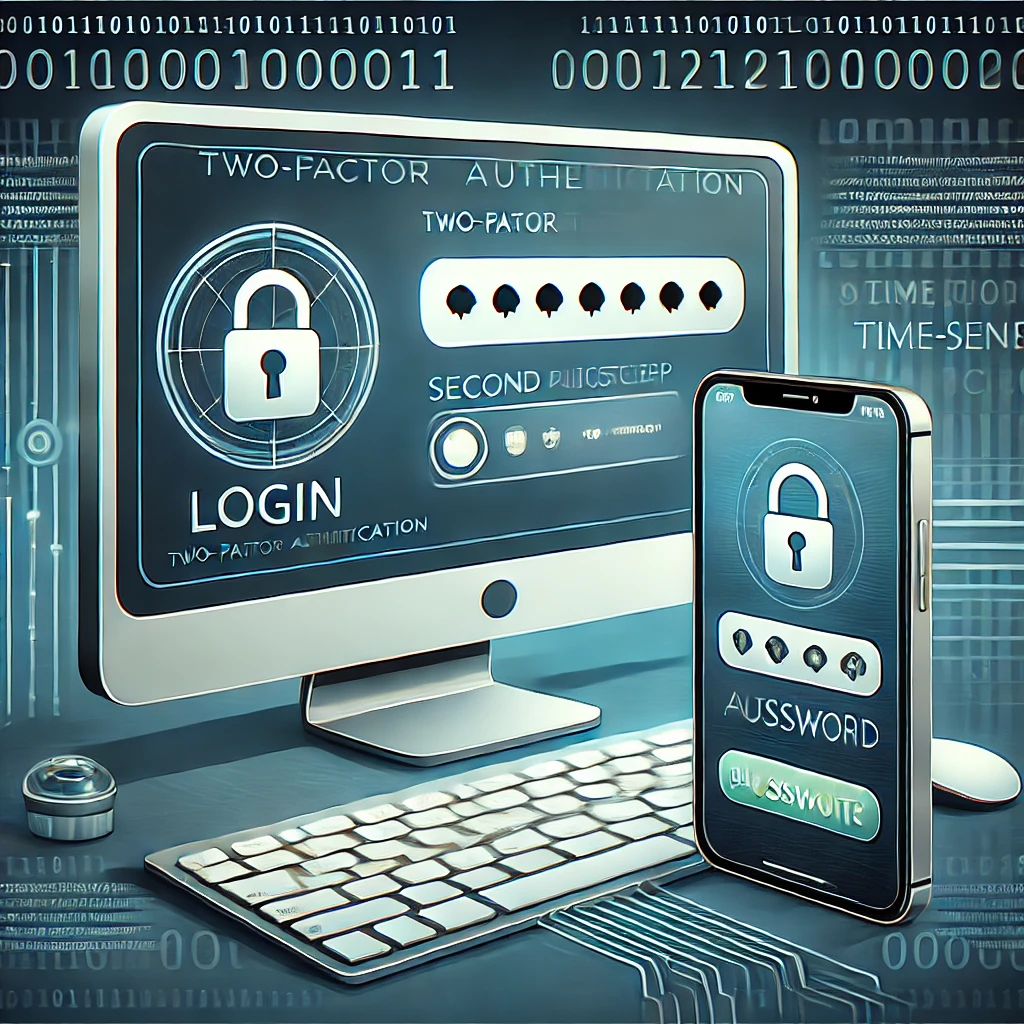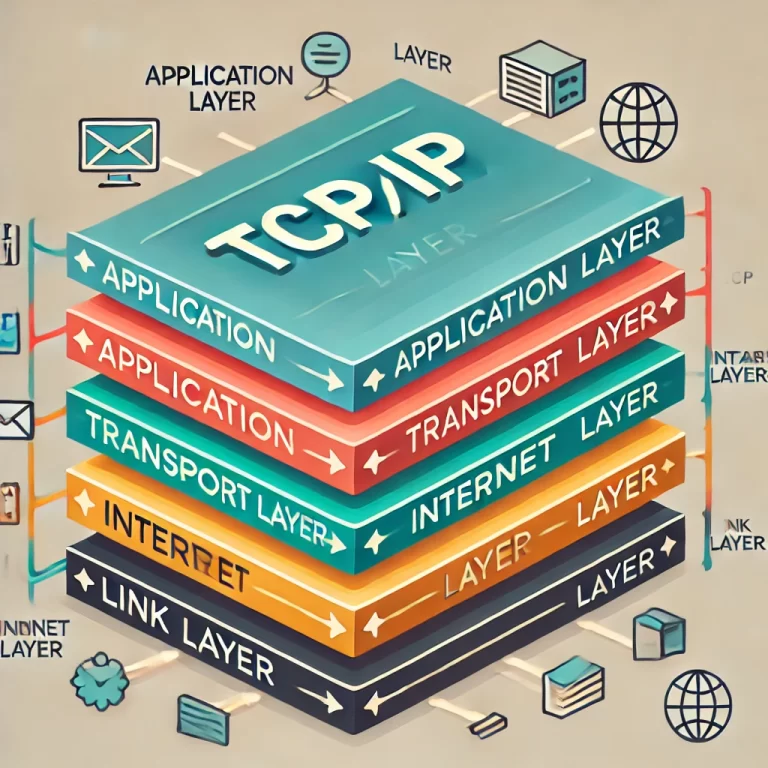In the digital age, safeguarding our personal and financial information has never been more crucial. As cyber threats become increasingly sophisticated, the traditional username and password system has shown its limitations. This is where Two-Factor Authentication (2FA) steps in as a robust security measure. Here’s an overview of what 2FA is, how it works, and why it’s important for protecting your online presence.
What is Two-Factor Authentication?
Two-Factor Authentication (2FA) is a security process that requires users to provide two different authentication factors to verify themselves. This method adds an additional layer of security to the standard password method of online identification. By requiring a second piece of information, 2FA reduces the chances of potential intruders gaining access to devices or online accounts because knowing the victim’s password alone is not enough to pass the authentication check.
How Does 2FA Work?
Typically, 2FA works by combining something you know (like a password) with something you have (such as a smartphone app that generates a time-sensitive code) or something you are (like your fingerprint). Here are the most common forms of 2FA:
- SMS and Email Codes: After entering your password, you’ll receive a code via SMS or email, which you must enter to gain access.
- Authentication Apps: Applications like Google Authenticator or Authy generate a code that refreshes every 30 seconds. You enter this code following your password.
- Hardware Tokens: Some services require a physical token, which generates a login code at the push of a button, which you then enter after your password.
- Biometric Verification: This involves a fingerprint, facial recognition, or iris scan to verify your identity.
Why is 2FA Important?
Enhanced Security: The most apparent benefit of 2FA is the additional security layer it provides. Even if a hacker manages to steal your password, they would still need the second factor to access your account.
Minimizing Damage: In cases where a password is breached, 2FA can minimize damage. It acts as a barrier, preventing the attacker from immediately accessing your account and stealing data or causing further harm.
Regulatory Compliance: For businesses, 2FA helps in complying with important regulations like HIPAA, PCI-DSS, and GDPR, which can mandate stronger security practices to protect sensitive data.
User Confidence: Users feel more secure when using platforms that employ 2FA, which can be crucial for maintaining the reputation and trustworthiness of a business.
In conclusion, Two-Factor Authentication is not just an optional extra layer of security—it’s a crucial component in protecting your digital identity. As cyber threats evolve, having 2FA enabled on all your sensitive accounts is a smart defense strategy. Remember, the slight inconvenience of taking an extra step to log in pales in comparison to the potential devastation of a compromised account. Embrace 2FA; your future self will thank you.




